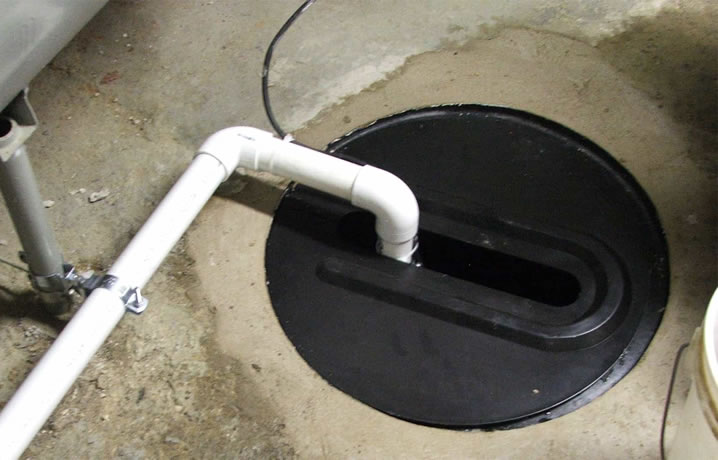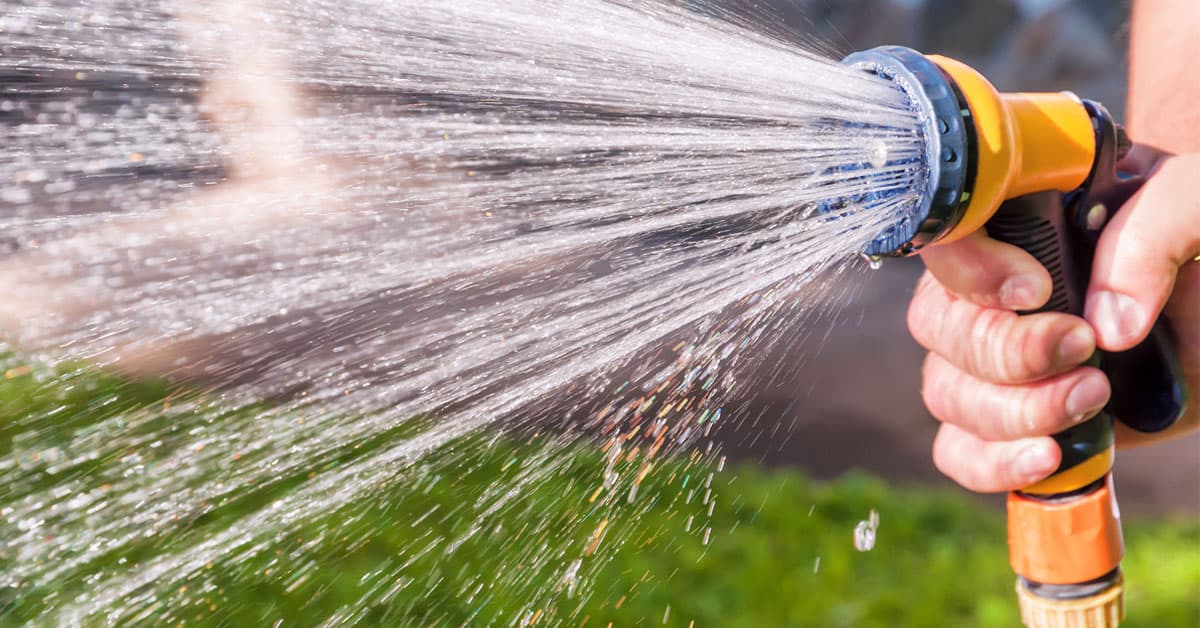Almost everyone maintains his or her own idea in relation to Steps to Cleaning Your Sump Pump Properly.

Sump pumps are critical components in numerous homes, particularly in locations susceptible to flooding or extreme dampness. They aid protect against water damage by effectively eliminating excess water from basements or crawl spaces. However, like any other home appliance, sump pumps call for routine maintenance to guarantee they work effectively when required one of the most. Cleansing your sump pump is a crucial part of its maintenance, and recognizing just how to do it properly can conserve you from costly repairs and possible disasters.
Introduction
Maintaining a tidy sump pump is important for its correct functioning and long life. Neglecting this necessary task can bring about obstructions, malfunctions, and eventually, water damage to your home. As a result, discovering exactly how to clean up a sump pump is important for house owners who count on these tools to keep their basements completely dry and secured.
Comprehending the Sump Pump
Prior to diving right into the cleaning procedure, it's necessary to have a standard understanding of exactly how a sump pump functions. Generally set up in a pit or container below the cellar flooring, a sump pump consists of a number of key elements, consisting of a pump, a float switch, and a discharge pipe. When water accumulates in the pit, the float button triggers the pump, which then pumps the water out via the discharge pipe, away from the building's structure.
Signs of a Dirty Sump Pump
Recognizing when your sump pump requires cleansing is critical for avoiding prospective breakdowns. Some usual signs that suggest an unclean sump pump consist of weird sounds during operation, reduced water circulation, and visible particles in the pit. If you see any one of these signs and symptoms, it's important to clean your sump pump immediately to stay clear of any type of further issues.
Preparing for Cleansing
Prior to you start cleansing your sump pump, it's essential to take some safety preventative measures. Beginning by shutting down the power to the pump to prevent any type of electrical mishaps. Additionally, put on proper safety gear, such as gloves and goggles, to secure on your own from dust, particles, and potential virus.
Detailed Guide to Cleaning a Sump Pump
Shutting Off the Power
Begin by detaching the power supply to the sump pump to stop any kind of mishaps while cleaning.
Removing Particles and Dirt
Use a container or a scoop to remove any kind of visible debris, dust, or debris from the sump pit. Dispose of the debris appropriately to prevent it from clogging the pump or the discharge pipe.
Cleaning the Pump and Float Switch Over
Once the pit is clear of particles, carefully remove the pump from the pit. Check the pump and the float button for any kind of indications of damages or wear. Utilize a soft brush or towel to cleanse the surface areas and get rid of any kind of gathered gunk.
Purging the System
After cleaning the pump and float button, purge the sump pit with clean water to eliminate any type of remaining dust or sediment. This will certainly aid make sure that the pump operates smoothly and effectively.
Checking for Appropriate Functioning
Before reinstalling the pump, perform a fast examination to make certain that the float switch triggers the pump appropriately. Pour some water right into the sump pit and observe the pump's operation. If every little thing is operating properly, you can rebuild the pump and reconnect the power supply.
Maintenance Tips to Keep Your Sump Pump Clean
Along with periodic cleansing, there are several maintenance ideas you can follow to maintain your sump pump in optimal condition:
Verdict
Cleansing your sump pump is a crucial aspect of its maintenance and makes sure that it operates effectively when you need it the most. By adhering to the actions described in this overview and incorporating routine maintenance right into your regimen, you can prolong the lifespan of your sump pump and safeguard your home from water damage.
6 STEPS ON HOW TO CLEAN A SUMP PUMP PROPERLY
UNDERSTANDING SUMP PUMPS
Your sump pump plays a crucial role in protecting your home by managing and removing excess water. It primarily functions as a “shield”, guarding your basement against the damaging effects of water accumulation. The pump is housed in a sump pit in the lowest part of your basement, and its job is to pump out any water that collects there.
During heavy rainfalls or when snow melts rapidly, water can infiltrate your basement, posing potential risks like flooding, structural damage, and harmful mold growth. Here, the sump pump springs into action, pumping out the intruding water and directing it away from your home.
SAFETY FIRST
Before cleaning, remember to prioritize safety. Disconnect the sump pump from the power source to prevent any accidental electric shocks. Also, wear sturdy gloves to protect your hands from any sharp or dirty components within the pump.
REMOVE THE SUMP PUMP
After ensuring your safety, the next step is to remove the sump pump from its pit. Doing this might require careful maneuvering as you don’t want to damage any pump components. Once removed, clean the sump pit to remove any accumulated debris or sludge.
INSPECT THE PUMP
Inspect the pump for any visible signs of wear or damage. Check the power cord, float switch, and impeller housing. If any components look worn out or damaged, consider replacing them to ensure optimal performance.
CLEAN THE PUMP
Thoroughly clean the pump with warm, soapy water. Make sure to rid it of any dirt, gravel, or other debris that might impede its performance. You can use a toothbrush to clean the small, hard-to-reach parts of the pump.
REINSTALL THE SUMP PUMP
Reinstall the pump into the sump pit Make sure it’s positioned correctly to remove the water effectively Once it’s back in place, reconnect it to the power source TEST THE PUMP
Finally, pour some water into the pit to ensure the pump works correctly. It should start automatically and begin pumping out the water; if it doesn’t, check the power source and the positioning of the pump.
Remember, while cleaning your sump pump is an essential part of home maintenance, hiring a professional plumber for a thorough inspection and cleaning at least once a year is also important. This will ensure that your pump is in optimal condition, ready to protect your home from potential water damage.
BEST PRACTICES FOR CLEANING SUMP PUMP DISCHARGE PIPES
Regular Inspection: Regularly inspect your discharge pipes, especially during heavy rainfall or snowmelt periods. Look for any signs of blockage or damage. Early detection of problems can prevent serious issues down the line. Periodic Cleaning: Over time, sediment and debris can accumulate in the discharge pipes, impeding the flow of water. Regular cleaning helps keep the pipes clear and functioning efficiently. You can use a high-pressure water jet to effectively clean the pipes. Insulation During Winter: In colder climates, discharge pipes can freeze, blocking the outflow of water. Protect your discharge pipes from freezing temperatures by insulating them with foam pipe insulation. This will ensure the sump pump can continue to discharge water even in freezing conditions. Proper Positioning: The discharge pipe should be positioned to direct water away from your home’s foundation. Improper positioning can lead to water seeping back into the basement. Ensure the pipe is long enough and angled correctly. Installation of a Check Valve: A check valve prevents water from flowing back into your sump pit after the pump has pushed it out. Installing a check valve helps maintain the efficiency of your sump pump and reduces the risk of flooding. Minimize Pipe Turns: Every curve or turn in the discharge pipe can decrease the efficiency of water flow. By minimizing turns and bends in your discharge pipe, you can increase the efficiency of your sump pump. https://www.fullspeedplumbing.com/how-to-clean-a-sump-pump-properly9999/

Do you really like reading about ? Make a review down the page. We would be happy to listen to your feelings about this blog posting. Hoping that you visit us again later on. I beg you take the opportunity to promote this post if you appreciated it. I truly appreciate reading our article about .
Click Here!